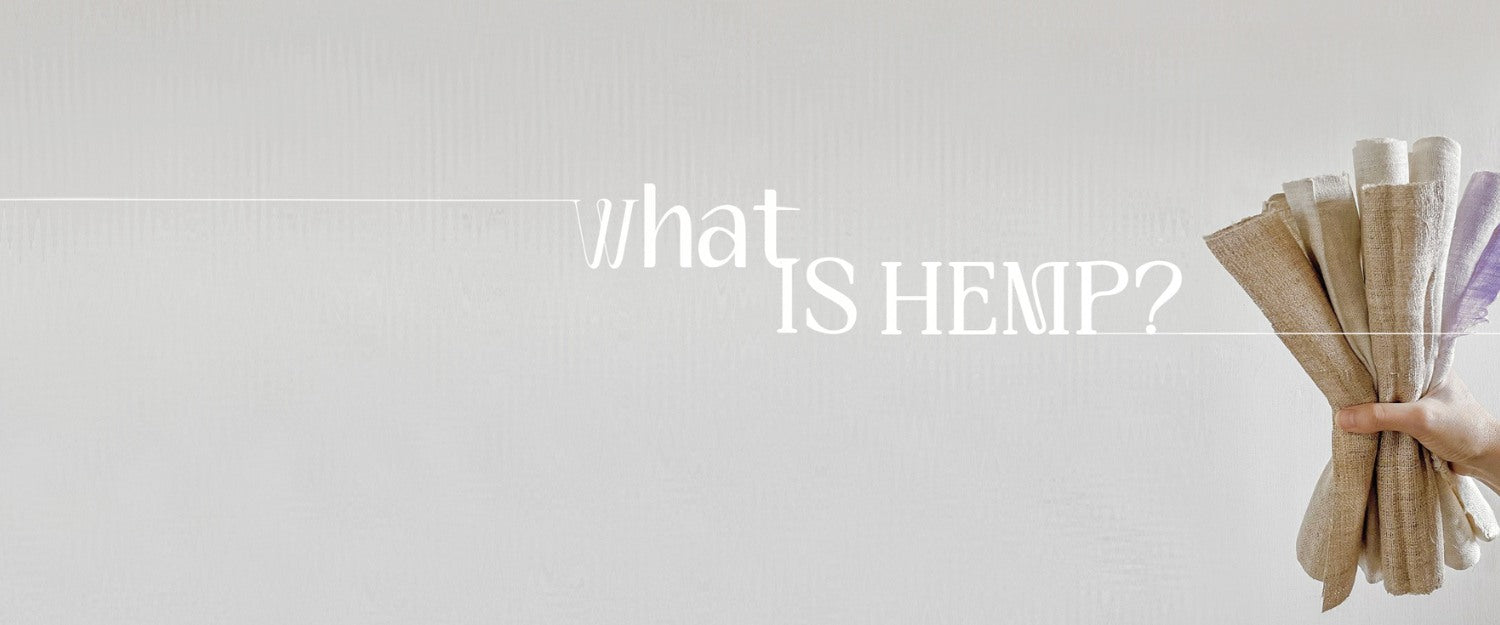
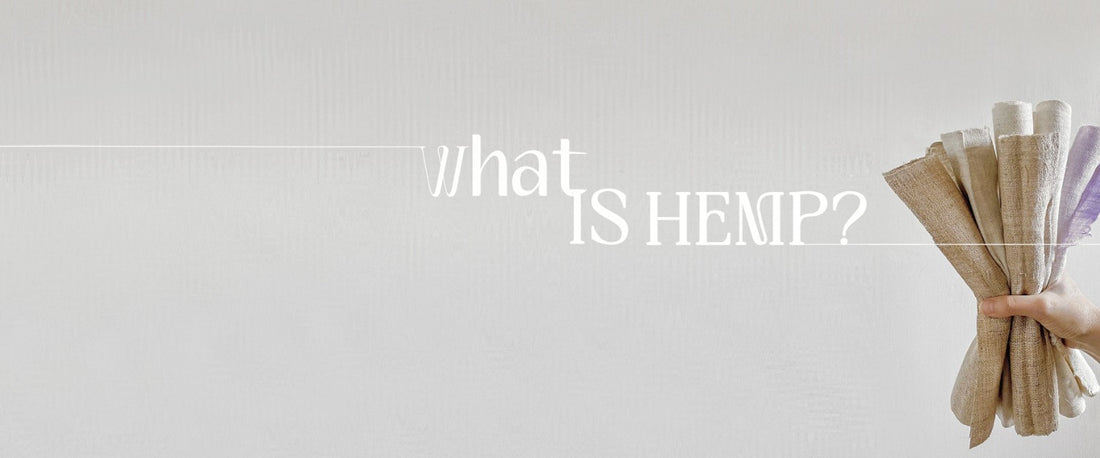
What makes hemp the most sustainable fabric?
Hemp fabric is made from the stem of the plant, Cannabis Sativa L., a species of cannabis. Hemp fabric is comparable to flax, bamboo, jute, linen, and stems from plants, called basts.
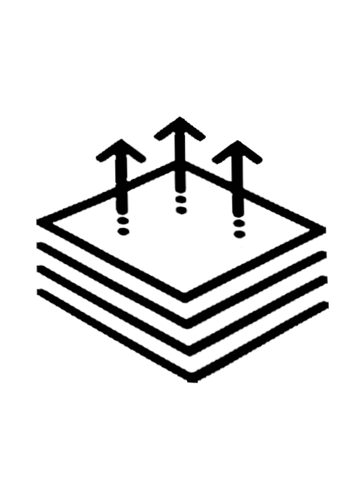
Breathable
Hemp's hollow fibre structure gives it inherent thermo-regulating qualities. This provides the ideal amount of air circulation, enabling you to stay warm in the winter and cool in the summer. The body's core temperature cooperates with the fabric rather than opposing it.
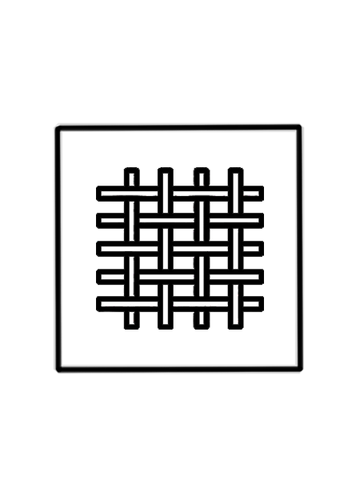
Fairly durable
Hemp fibre pulls in rather than out. The tensile capacity of hemp can reach up to eight times that of cotton.
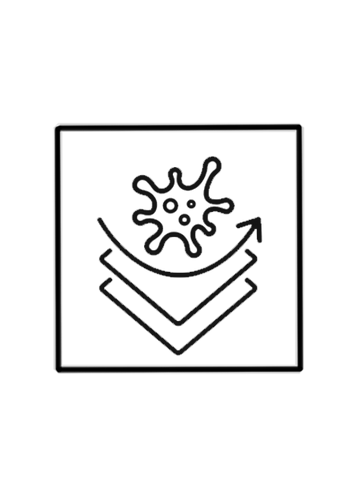
Naturally antibacterial and antifungal
Researchers have discovered that hemp possesses a wide range of antibacterial activity in addition to its strong action against certain bacteria strains like MRSA and fungal disease. Garments made of hemp are good for health. Hemp is excellent for sensitive skin and allergies because of its natural antibiotic properties.
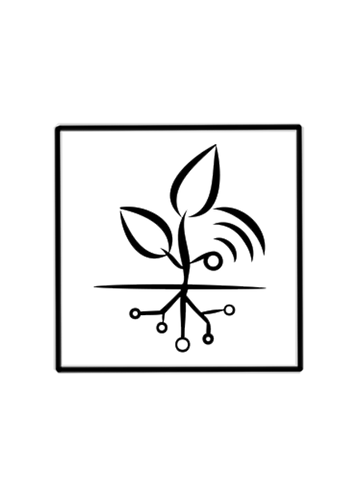
Biodegradable in nature
The most significant difference is that hemp decomposes entirely on its own, as opposed to its synthetic counterpart. Because hemp is non-toxic, it is safe for humans and the environment to use.
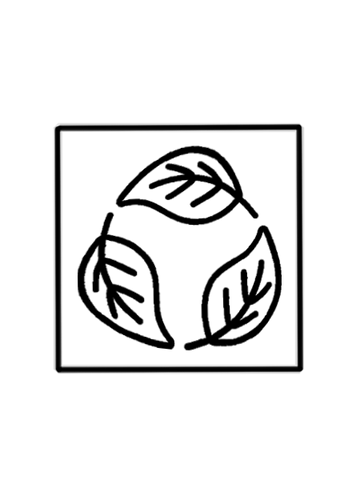
Highly renewable
Hemp grows quickly and is incredibly renewable. Hemp can be harvested up to three times a year and matures in as little as 100 days. In comparison with cotton, hemp may produce 200–250% more fibre from the same area of the land.

Water usage is low
Hemp is beneficial for dry territories and farms with moderate to low rainfall because it can absorb up to three times its weight in water. Hemp uses nearly 37% of the volume of water per acre that cotton uses when growing.

No toxic fertilizers, herbicides, and pesticides
Chemical fertilizers, herbicides, or pesticides are not vital for hemp to grow. Hemp plants are naturally effective insect deterrents that also ward against germs, fungi, and mites. Additionally, hemp naturally outcompetes and shades out weeds in its surroundings, acting as a natural weed suppressor.
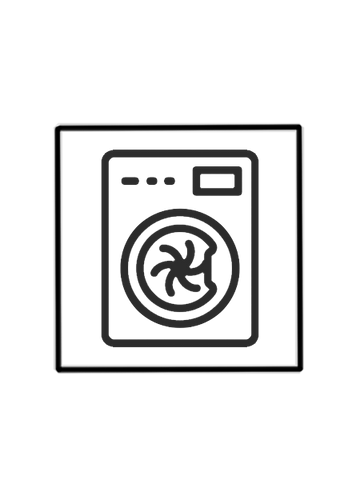
Easy to wash and maintain
You can machine wash hemp. Hemp actually thrives on frequent use and washing, which enhances its inherent lustre and feel. It doesn't need any special care. In addition, hemp dries garments extremely quickly, making it an excellent option for folks who are constantly on the road.
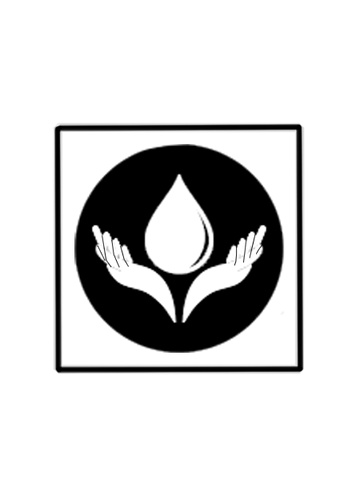
Skin-friendly
Contrary to common belief, hemp is incredibly soft; with time, it will get even softer and cosier.
